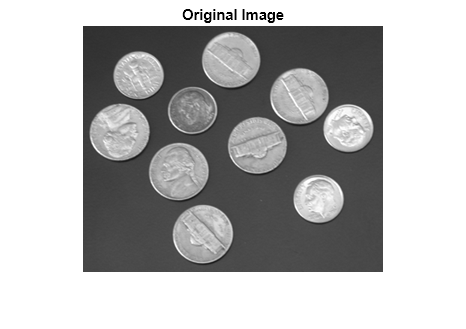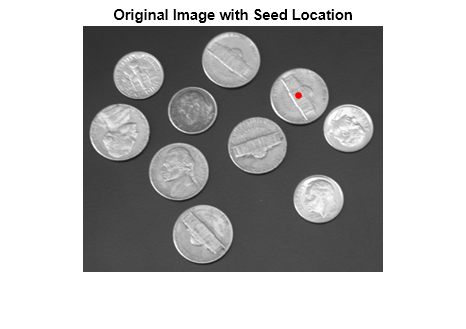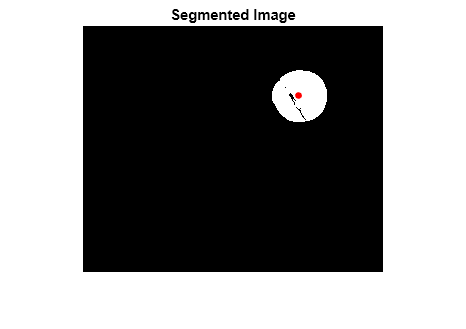gradientweight
Calculate weights for image pixels based on image gradient
Description
W = gradientweight(I)I based on the gradient magnitude at
that pixel, and returns the weight array W. The
weight of a pixel is inversely related to the gradient values at the
pixel location. Pixels with small gradient magnitude (smooth
regions) have a large weight and pixels with large gradient
magnitude (such as on the edges) have a small weight.
W = gradientweight(___,Name,Value)W using name-value pairs to
control aspects of weight computation.
Examples
Input Arguments
Name-Value Arguments
Output Arguments
Tips
gradientweightuses double-precision floating point operations for internal computations for all classes ofI, except whenIis of classsingle, in which casegradientweightuses single-precision floating point operations internally.
Version History
Introduced in R2014b



